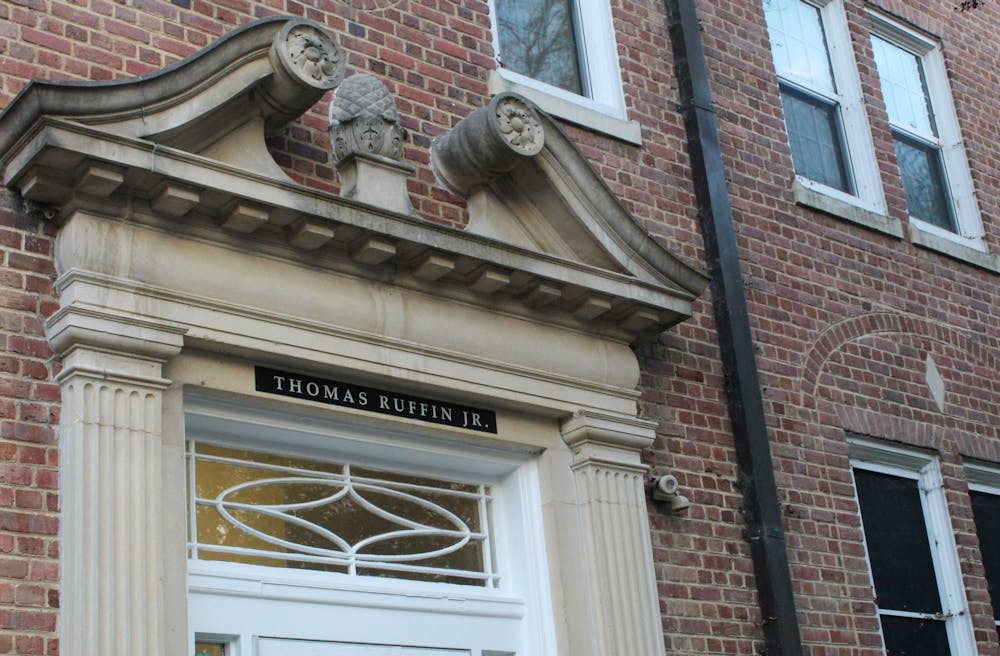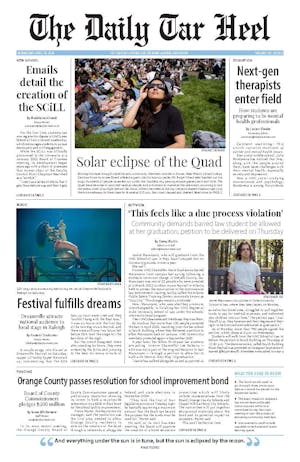It’s been five months since the Board of Trustees lifted its controversial moratorium on renaming campus buildings.
The moratorium, implemented five years ago under the leadership of former Chancellor Carol Folt, placed a freeze on renaming campus buildings for 16 years.
This took place at the same meeting where the BOT voted to change “Saunders Hall” — named after former Ku Klux Klan leader and UNC graduate William L. Saunders — to “Carolina Hall.”
Although the moratorium was lifted this year, the path to renaming campus buildings with ties to white supremacy is a long road.
“I think it's a double-edged sword,” said Rashaad Galloway, a UNC alum who created a petition in May to quash the moratorium and rename campus buildings named after slaveholders and white supremacists. “Of course, we can praise the Board of Trustees for rescinding the moratorium, but for me, that was what they were supposed to do anyway. There is no gray area with this issue.”
Since the lifting of the moratorium, four names of campus buildings have been removed — Charles Aycock, Julian Carr, Josephus Daniels and Thomas Ruffin Sr. — and have been given interim names, such as Residence Hall One in Lower Quad and the Student Affairs building.
“There are decades of activism that came before this Commission's work, and then we'll continue on as we do our work and go forward,” said Patricia Parker, co-chairperson of the Commission on History, Race and a Way Forward, the group in charge of reviewing building names with these ties.
The Commission has so far identified more than 30 names of white supremacists and slaveholders across UNC. The buildings range in function and prominence from residence halls and academic buildings to the football stadium.
But its review is simply the start of an extensive process to amend the names of those campus buildings, which ultimately leads to a vote from the Board.



